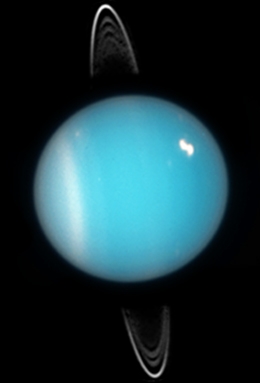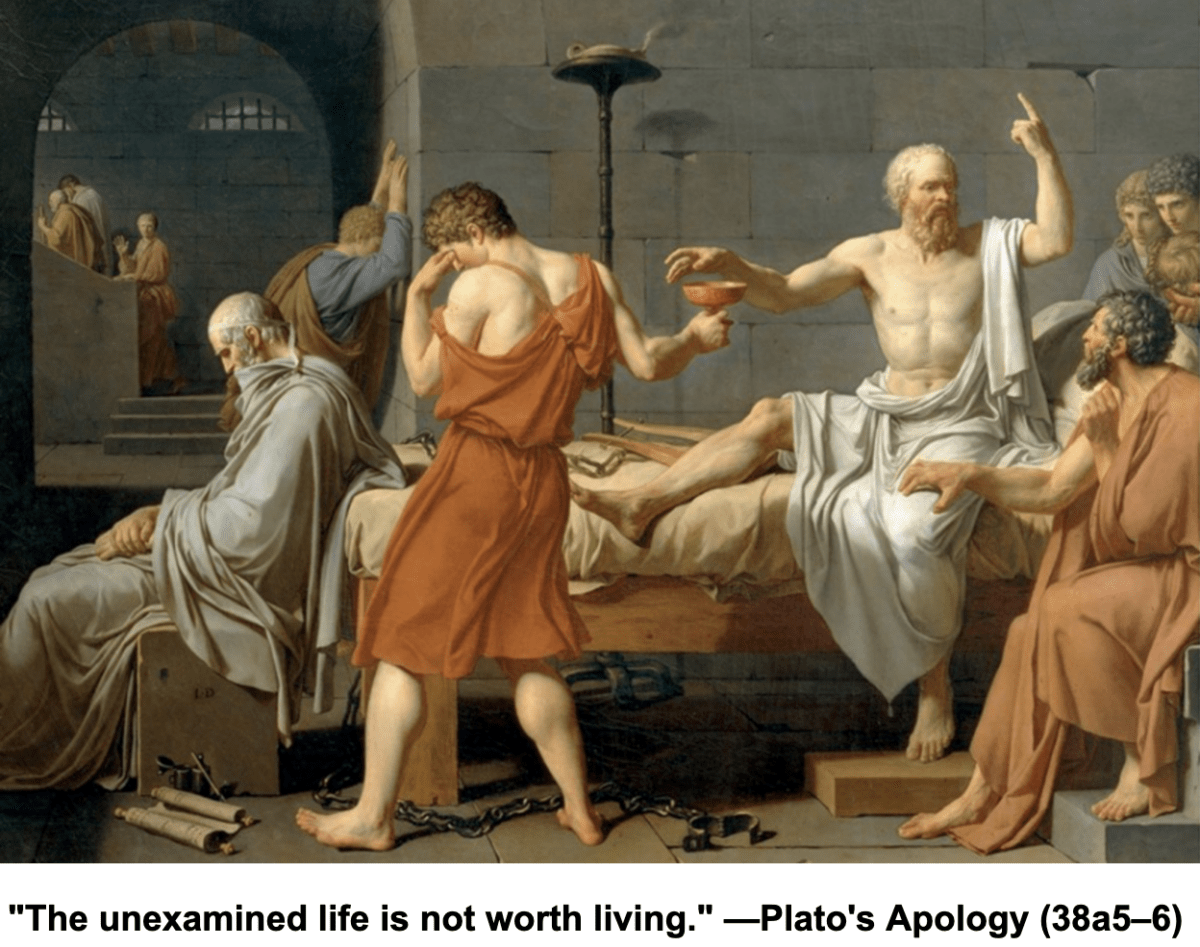This is a story about a planet called Vulcan. No, not the place where S’chn T’gai Spock—better known as “Mr. Spock”—was raised by his Vulcan father and human mother. This is about a planet in our Solar System by that very same name. It differs, however, from all the rest in one important respect: no one has ever been able to find it.
To understand the mystery of Vulcan and how it was eventually solved, we must first turn our attention to a different—and quite real—planetary body: Uranus. While Uranus was discovered towards the end of the 18thcentury, during the early 1800s astronomers were beginning to wonder whether it might actually be a star. Those doubts had arisen because the planet was not adhering to Newton’s theory of gravity.

